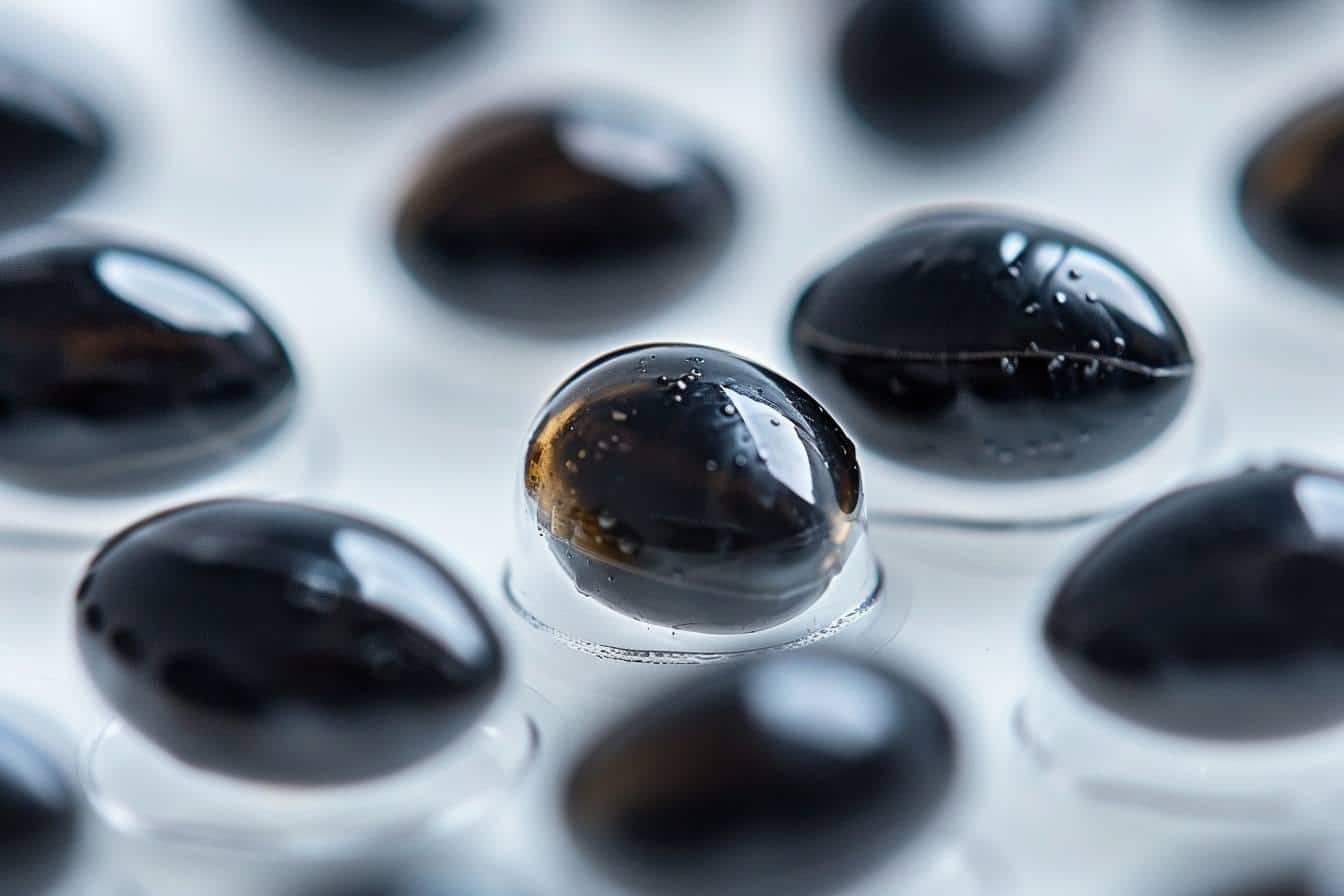The world of insect pests is full of mysteries, and one such enigma is the black flea egg. These tiny, dark capsules of life can wreak havoc in homes and on pets if left unchecked. Understanding the nature of these eggs, their identification, and effective control methods is crucial for maintaining a pest-free environment. Let’s delve into the fascinating world of black flea eggs and uncover the secrets to keeping them at bay.
Unmasking the black flea egg : Characteristics and lifecycle
The black flea egg is a crucial stage in the lifecycle of fleas, particularly the cat flea (Ctenocephalides felis) and the dog flea (Ctenocephalides canis). These eggs are not actually black but appear dark due to their translucent nature, allowing the developing flea larvae inside to be visible. They are oval-shaped and measure approximately 0.5 mm in length, making them barely visible to the naked eye.
The lifecycle of a flea begins with these tiny eggs, which are laid by adult female fleas after feeding on a host’s blood. A single female flea can lay up to 50 eggs per day, resulting in a rapid increase in the flea population. The eggs are not sticky and easily fall off the host animal, scattering into the surrounding environment such as carpets, bedding, and furniture.
The development process of black flea eggs consists of four stages :
- Egg
- Larva
- Pupa
- Adult
Under optimal conditions of temperature and humidity, flea eggs can hatch within 2-12 days. The emerging larvae feed on organic debris and adult flea feces, known as « flea dirt. » After several molts, the larvae spin cocoons and enter the pupal stage, which can last from a few days to several months. Finally, adult fleas emerge, ready to find a host and continue the cycle.
Understanding this lifecycle is crucial for effective flea control, as targeting the egg stage can significantly reduce flea populations. The renowned entomologist, Dr. Michael Dryden, often referred to as « Dr. Flea, » has extensively researched flea biology and control methods, emphasizing the importance of addressing all life stages for comprehensive pest management.
Identifying and detecting black flea eggs in your home
Detecting black flea eggs in your home can be challenging due to their minuscule size. However, there are several signs and methods to help identify their presence :
Visual inspection : While difficult to spot individually, flea eggs often appear as tiny, dark specks when present in large numbers. Look for them in areas where pets frequently rest, such as carpets, rugs, and pet bedding. Use a magnifying glass for a closer inspection.
Flea comb test : Run a fine-toothed flea comb through your pet’s fur, then tap the comb onto a white paper towel. If present, flea eggs will appear as small, dark specks that roll off easily.
Black light examination : Flea eggs can fluoresce under ultraviolet light. Using a black light in a darkened room can help reveal their presence on carpets and upholstery.
Salt test : Sprinkle salt on carpeted areas and leave it overnight. The salt can dehydrate and kill flea eggs, making them more visible when vacuuming the next day.
To aid in identification, here’s a comparison table of common household pests and their eggs :
| Pest | Egg Color | Egg Size | Egg Shape |
|---|---|---|---|
| Flea | Translucent to dark | 0.5 mm | Oval |
| Bed Bug | Pearly white | 1 mm | Barrel-shaped |
| Carpet Beetle | White to cream | 0.9 mm | Oval |
| Dust Mite | Translucent | 0.1 mm | Oval |
Early detection of black flea eggs is crucial for preventing a full-blown infestation. Regular inspections and maintaining a clean environment can significantly reduce the risk of flea problems in your home.

Effective prevention and control strategies for black flea eggs
Combating black flea eggs requires a multi-faceted approach that addresses all stages of the flea lifecycle. Here are some proven strategies to prevent and control flea egg infestations :
1. Regular vacuuming : Frequent and thorough vacuuming is one of the most effective ways to remove flea eggs from your home. Pay special attention to carpets, upholstery, and pet resting areas. Dispose of vacuum bags in sealed plastic bags to prevent reinfestations.
2. Wash pet bedding : Launder pet bedding, blankets, and removable furniture covers in hot water (at least 140°F or 60°C) weekly to kill flea eggs and larvae.
3. Use flea treatments on pets : Apply veterinarian-approved flea treatments to your pets regularly. These may include spot-on treatments, oral medications, or flea collars that target adult fleas and disrupt the egg-laying process.
4. Environmental treatments : Use insect growth regulators (IGRs) like pyriproxyfen or methoprene in your home. These chemicals prevent flea eggs and larvae from developing into adults, breaking the lifecycle.
5. Natural remedies : Some natural options for flea control include :
- Diatomaceous earth (food-grade)
- Nematodes for outdoor areas
- Essential oils like lavender or eucalyptus (use with caution, especially around cats)
6. Professional pest control : For severe infestations, consider hiring a professional pest control service. They can apply targeted treatments and provide ongoing management plans.
The key to successful flea control lies in persistence and consistency. Renowned veterinary parasitologist Dr. Byron Blagburn emphasizes the importance of year-round flea prevention, noting that even in colder climates, fleas can survive indoors and quickly repopulate when conditions become favorable.
By implementing these strategies and maintaining vigilance, you can effectively prevent and control black flea egg infestations, ensuring a comfortable and pest-free environment for both you and your pets. Remember, a proactive approach is always more effective than reactive measures when it comes to flea control.

